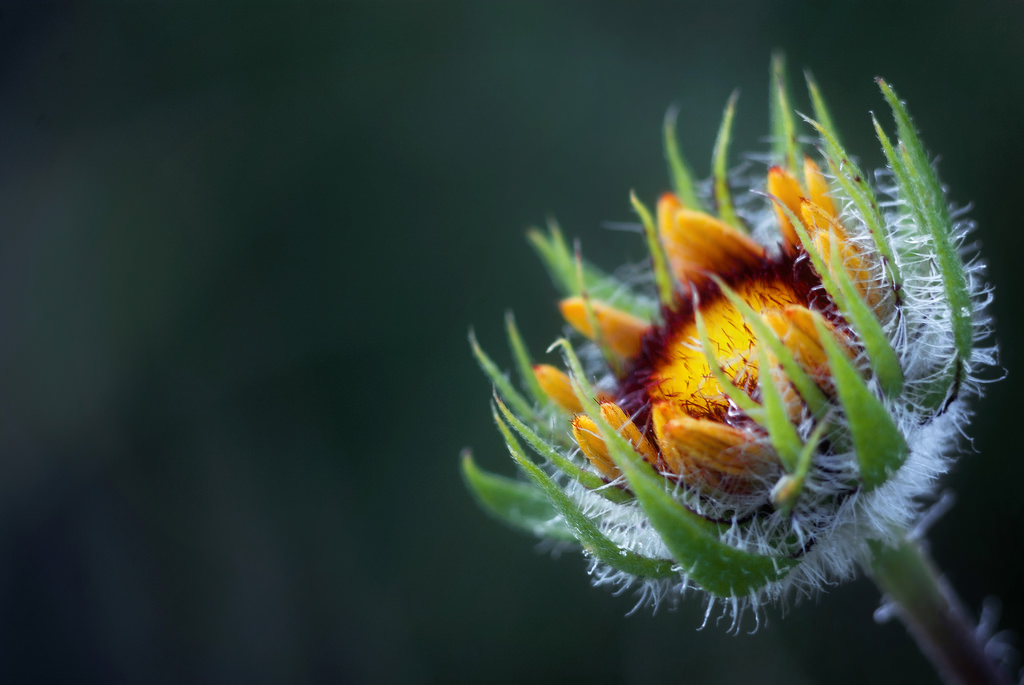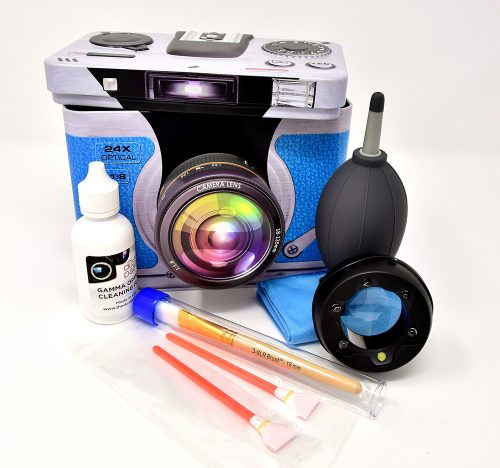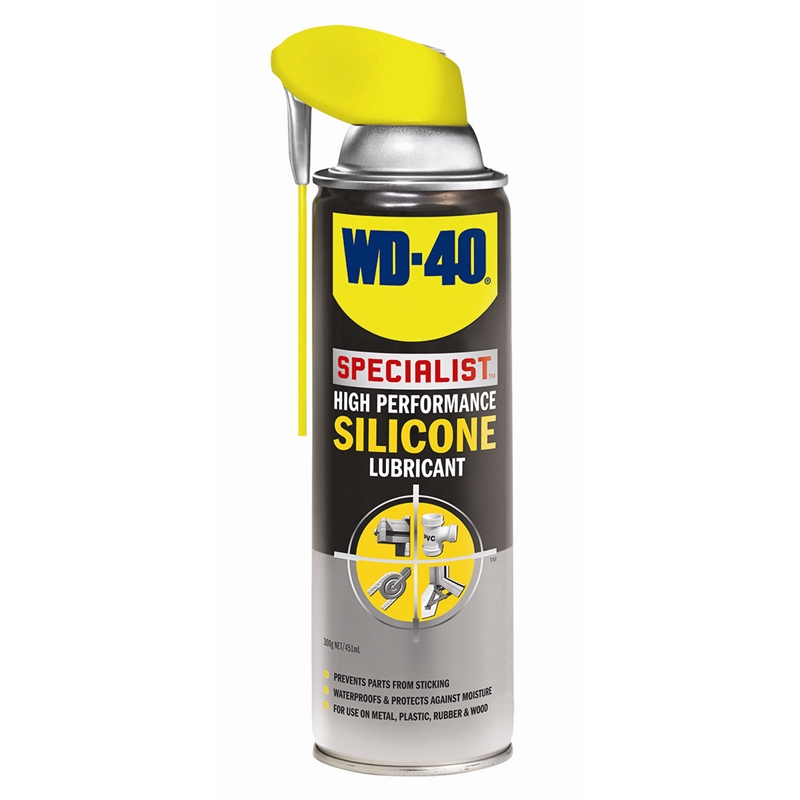We all have those dull moments when we are just sitting at home and doing nothing. Just killing time because you have no work, for the moment. Instead of wasting your time scrolling through Facebook or Twitter, you can use the time to practice your photography. Grab your camera and snap some shots in your home.
Photography is a skill that needs constant practice and experimentation, so if you want to improve, you’ll need to constantly work on it. Here are some ideas for mini home projects you could do anytime.
When practising at home, the idea is to become a better photographer and so you will need to challenge yourself and build new skills as a photographer. Also, photographing and finding things to photograph inside the house can itself be a challenge and can turn you into a creative photographer in a few weeks of practice.
Getting To Grips With Better Composition
 Photo by Sodanie Chea
Photo by Sodanie Chea
You can practice composition with almost anything you have at home. Keep in mind, though, that most of the subjects you'll find will be stationary, and you won't improve much if you are photographing the same thing over and over again.
Try practicing composition on non-stationary subjects such as your spouse, kids, parents, pets – anything that breathes and moves around the house. You might annoy them a bit, but they will eventually get used to it. Since they will be unpredictable and moving around all the time, you’ll have to constantly readjust to compose properly, thereby sharpening your composition skills.

You can almost do the same with stationary objects, but try to compose the shot as quickly as possible, this time. And, of course, after each shot you can alternate between several objects just so that you don’t get too used to the angle and position.
Some useful resources:
- These Ideas on Perspective Will Improve Your Photography Composition
- How to Combine Composition Rules In Photography for More Powerful Images
- Six Advanced Compositional Techniques That Will Take Your Photography To The Next Level
- These 6 Essential Composition Skills Can Turn You Into a Really Good Photographer
- 5 Tips For Shooting Still Life Photography
- Still Life Photography in 5 Steps
Macro Techniques For The Win!

I'd guess that there are at least ten small objects within your arm's reach right now, while you’re sitting at your desk and reading this article. There are a lot of possibilities there for you to improve your macro skills by using those objects while sitting at the desk and wasting time on the internet.
Pick up a few of those objects and arrange a cool scene (this kind of gets you practicing conceptual photography, as well) to photograph. Practice hand-held focus stacking and hand-held high magnification shots. You can even practice macro lighting using flashes on tabletop stands. There are endless options in this matter, so all you need to do is practice.
You do not even need a macro lens. Start with macro or close up filters for a start or try reverse lens macro. You can even use the lamps and other lights in your house to light your subjects. Make use of reflective surfaces for creative photography and if you step into your back or front yard, you are sure to find more bugs, insects and even flowers and leaves that can make for good macro subjects. Moreover this is the best time to try and learn focus stacking.

Check out these links:
- Photography Tutorial: Focus Stacking
- 4 Ways to Use Image Stacking to Create Better Images
- Reverse Ring Macro Photography Fundamentals
- How To Get Started In Macro Photography Without Spending a Cent
- 5 Cheap Alternatives to a Macro Lens
- Do You Want Brilliant Macro Photography? Here Are The Accessories You’ll Need
Why You Should Get To Know Your Camera
 Photo by 55Laney69
Photo by 55Laney69
The longer you have your camera in your hand, the more you learn the button locations and configuration through muscle memory. For photographers who work outside of the studio setting, this skill is really important. You need to know where every button is at all times without even thinking about it. You can achieve this just by holding and using your camera as much as possible.
So use your camera at home and try to change as many of the settings as possible during that practice period, in order to get used to the feel, position, and configuration of the buttons. You need to be able to change every setting on your camera without looking at it. This will help you use and set up the camera faster, helping you get more shots in a shorter period of time.

Also, do not forget to read the manual. There are a lot of settings that you will learn and find very useful if you read the manual. If required, watch videos on Youtube relevant to your camera so you know what your camera is capable of that you thought were not possible up till then.
Some useful links here:
- Do You Set Your Camera Settings in the Correct Order?
- Get To Know Your Camera’s Buttons & Dials With Ease
- Know Your DSLR Camera: What Do All the Controls Mean?
- What You Need to Know About Your Camera’s AutoFocus System
- 10 Minutes To Understand YOUR Camera Modes
- How to Become Familiar With Your Camera and Never Miss a Shot
Maintenance Can Save Your Gear!
Your camera and gear need maintenance and proper cleaning once in a while. Doing that is fairly easy when you are at home with the luxury of having time and a clean workspace. You won’t have such luxuries in the field, so it is crucial to know what you are doing and how.
While you are cleaning your gear at home, make sure you get proficient at it. Make sure that you can clean your camera, lens and other accessories as fast and thoroughly as possible. If you manage to succeed in properly cleaning your camera (even using wet-process on your sensor), it will eventually pay out in time and money saved by skipping the visits to the service center and staying without your camera when it is sent away for service.

Besides your camera and lenses, you will also need to clean your tripod as it is most of the time dragged through the mud, sand dirt and also salt water if you shoot near or at the beach. With time, the parts and the material itself will wear out and render your accessories not usable, so make sure to clean and lubricate the tripod and monopod. Also take time frequently to look after your other accessories that are similar to the tripod.

Take a look at these resources:
- What to Do When There is Dust Inside Your Camera?
- A Spring Cleaning Checklist for Your Camera
- Bite Size Tips: How to Clean Your Lens
- How To Clean Your Tripod And Protect It From Salt Water
How To Improve Your Editing
 Photo by Yu Morita
Photo by Yu Morita
You will do most of the editing at home anyway, but when you aren’t on the job and you have nothing else to do, it would be wise to do some editing. You can always research new ways of editing something, new processes, and maybe even different workflows. This way, you will gain experience in that field and possibly improve the quality of your images and post-processing techniques. Additionally, this will help you optimize your workflow by getting you used to it and by eliminating any workflow bottlenecks you may have.

If you do not usually edit your photos in black and white, you could give that a try. Doing this can really help you develop a creative eye and help you learn to see in black and white. You can also learn to focus more on the lines, patterns, textures, tones, shadows, etc. in a scene and create powerful images that will have the viewers hooked for a longer period of time.

Here are some helpful resources:
- 7 Portrait Photography Editing Tips
- 5 Lightroom Edits That Will Rock Your Outdoor Photography
- Probably the Most Useful Photo Editing Skills You’ll Ever Need
- 7 Common Photo Editing Mistakes
- Here’s How to Decide When a Photo Should be Black and White
- Better Black And White Images In 3 Easy Steps
Here Are Some Ideas On What To Photograph In Your House:
- One good idea would be to go for a scavenger hunt. You could create a list yourself or look for one to download on the internet.
- Learn to photograph water drops – water drop photography
- Find objects in your house to set up and photograph still life.
- Practice macro – if you have a backyard or a garden, walk around to find interesting objects and bugs/insects to photograph.
- Try reverse lens macro technique.
- Try oil and water drop photos.
- Learn food photography.
- If you have a willing subject at home for portraits, try various lighting techniques and create brilliant portraits.
- You can even try your hands at conceptual photography!
Summary
Time spent doing nothing is time wasted. You know that. So get out your camera and shoot. You will learn something new every time, you will gain experience, and you will get better. All you need is the drive to do it.
You’ll notice the differences and improvements in just a couple of days. Then you’ll be thanking yourself that you weren’t lazy but continued working to improve your skill as you devoted quality time to your passion for photography.





2 Comments
during this time, It’s very important to remain creative no matter where we are.
thank you for all these beautiful ways 🙂
have a good day.
Thank you for your motivational guidance to engage in creativity and learn the useful skills.